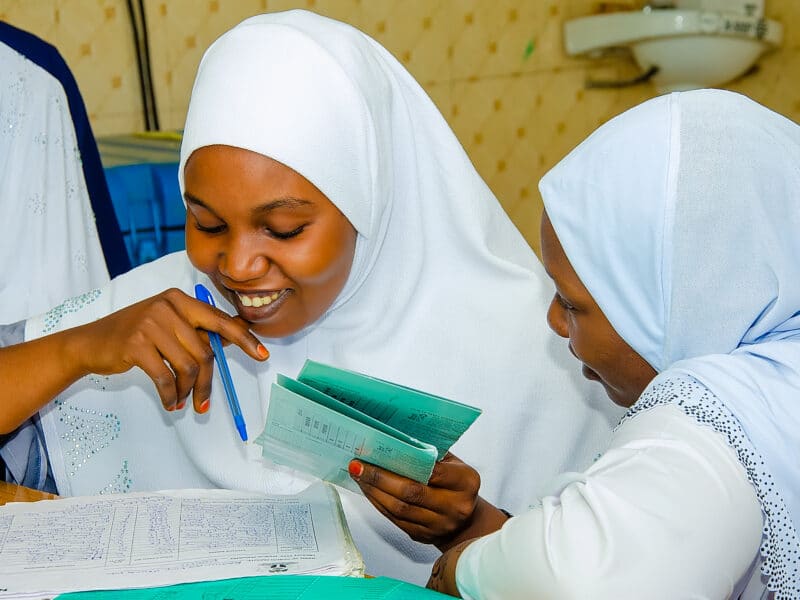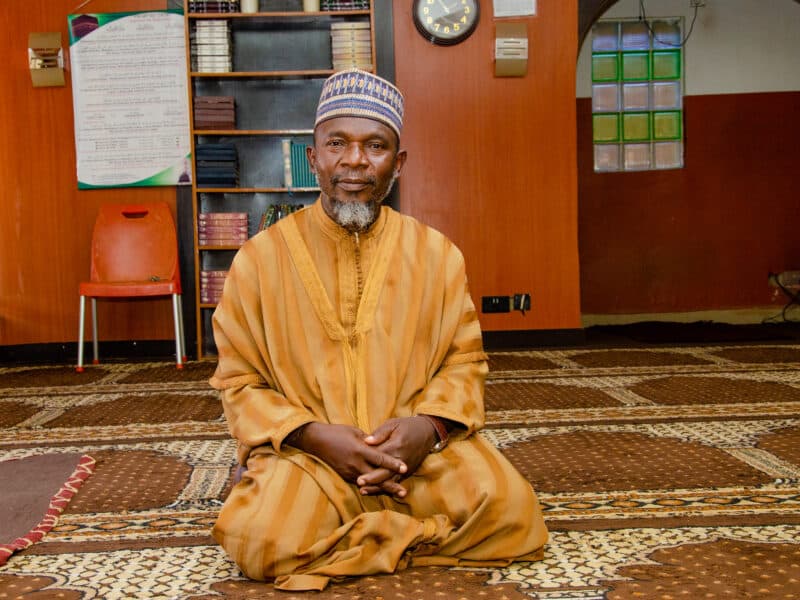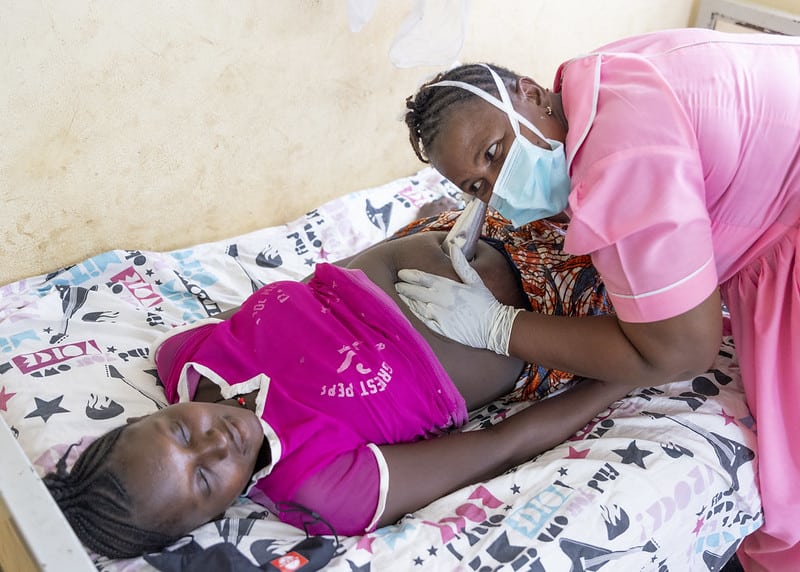Even though most insecticide-treated bed nets in sub-Saharan Africa are provided by international donors, in some wealthier, urban pockets people are buying their own nets to protect from malaria-infected mosquitoes during sleep, new findings suggest.
The Johns Hopkins Center for Communication Programs-led research, published last month in Malaria Journal, adds insight into where and whether commercial retail markets for insecticide-treated nets could potentially thrive in the future. The researchers found that people who purchase their nets are just as – and sometimes more – likely as those who get them for free to sleep under them nightly.
In the 16 sub-Saharan African countries analyzed in the new study, the proportion of households with at least one purchased net ranged from 1 percent in Rwanda to 23.4 percent in Mali.
“While it is hard to buy a treated net in many parts of Africa, net purchasing is more common than we understood in some regions,” says CCP’s Bolanle Olapeju, PhD, one of the study’s leaders. “These nets supplement mass distribution campaigns and provide households with options for replacing or increasing the number of nets they own with products that best fit their needs.”
The study results, she says, could provide an impetus for the private sector to promote retail sales of treated nets that may appeal to people’s preferred features including size, shape, texture and aesthetics.
To conduct the study, the researchers analyzed data from Demographic Health Surveys or Malaria Indicator Surveys from each country.
The World Health Organization recommends that treated nets be disseminated through multiple channels, including the possibility of expanding the use of nets purchases in retail outlets. Such nets could also fill in the gaps if there are future shortfalls in the availability of donor-provided nets.
Making more mosquito nets available for purchase could also offer an opportunity to more efficiently allocate public sector malaria prevention funds to places where people cannot afford – nor is there any market for – commercially available nets. The researchers found that urban, wealthier households and households with educated heads were more likely to purchase nets. Often, they are one in the same.
“Educated household heads may have a greater understanding of the threats of malaria, perceive the need to use mosquito nets to prevent infection … and have adequate resources to procure purchased nets,” the researchers note.
Between 2014 and 2016, donor-funded mass distribution campaigns accounted for 75 percent of nets distributed in sub-Saharan Africa. Between 2010 and 2017, household ownership of at least one treated net increased from 47 percent to 72 percent. Treated nets are credited for much of the dramatic reduction in malaria cases in the region over the past ten-plus years. Still, malaria sickened 219 million people and killed 435,000 in 2017, many in sub-Saharan Africa.
“Because of the importance of ensuring people at risk sleep under nets each night, we want to make sure people have the opportunity to obtain as many as they need, be they from donors or from retail channels,” Olapeju says. “That is how we will continue to protect people from malaria.”
“Who buys nets? Factors associated with ownership and use of purchased mosquito nets in sub-Saharan Africa” was written by Bolanle Olapeju; Ifta Choiriyyah; Kathryn Bertram; Danielle Piccinini; Hunter Harig; Richmond Ato Selby; Matthew Lynch and Hannah Koenker.





